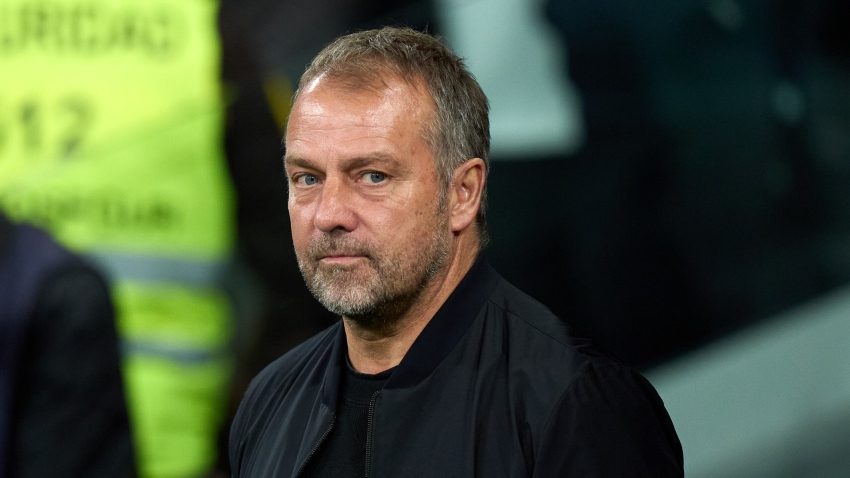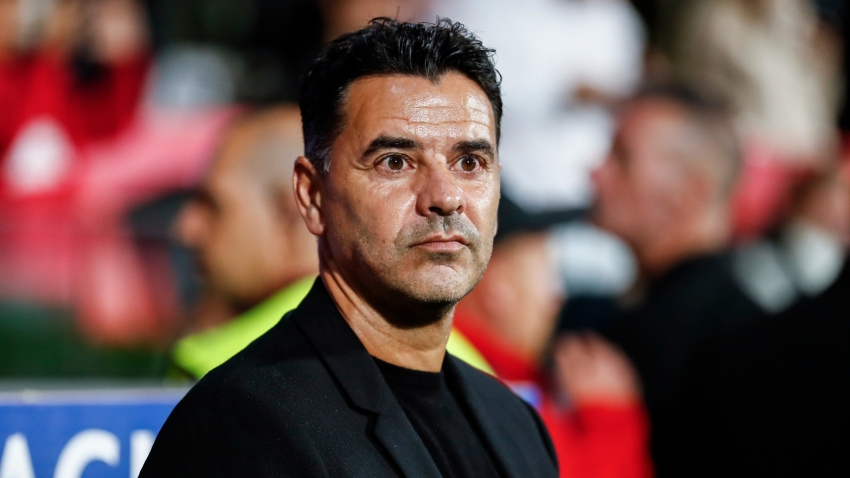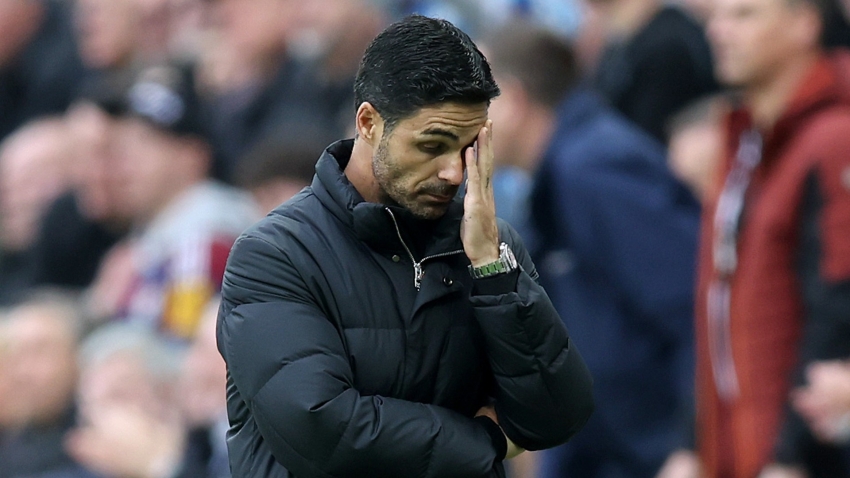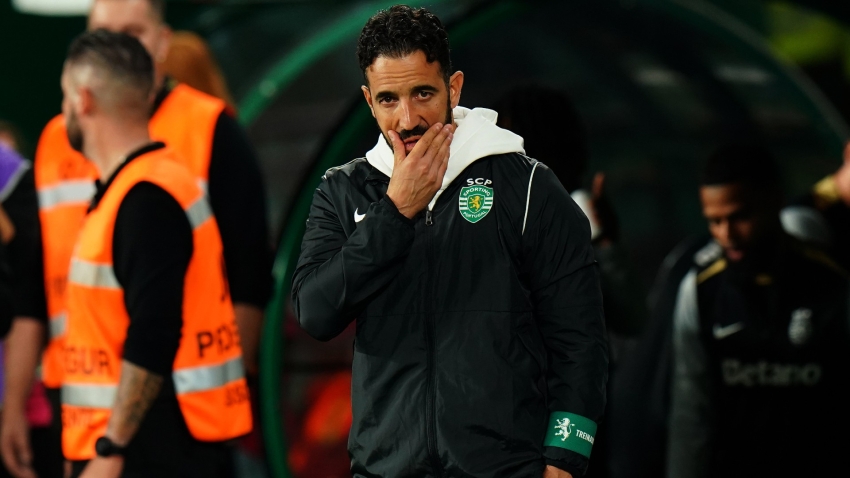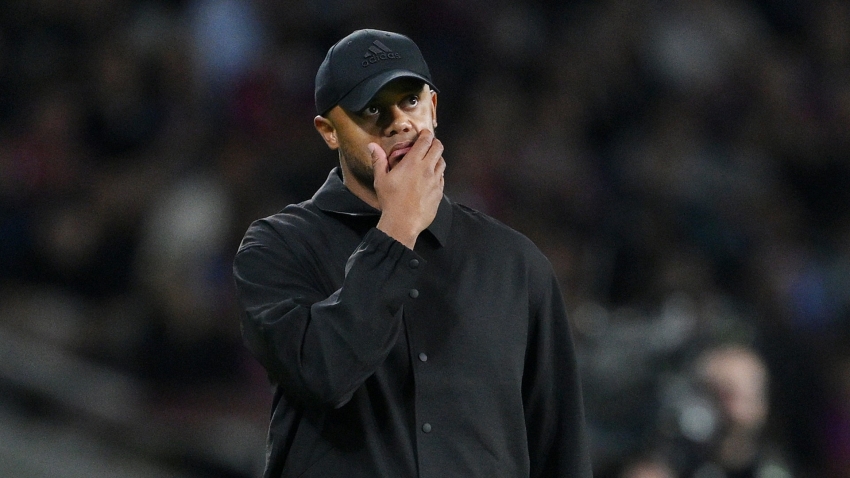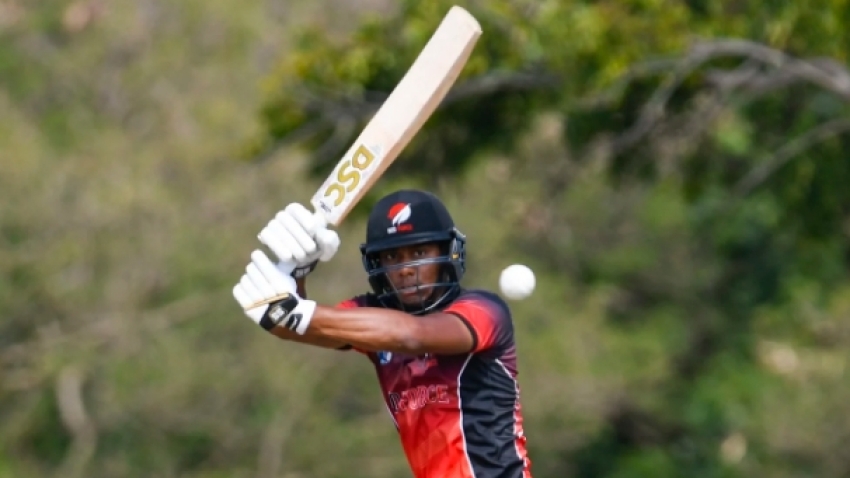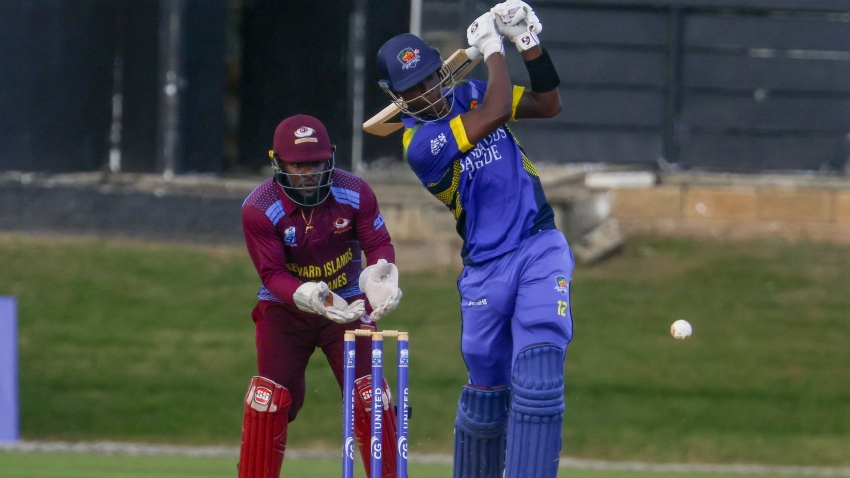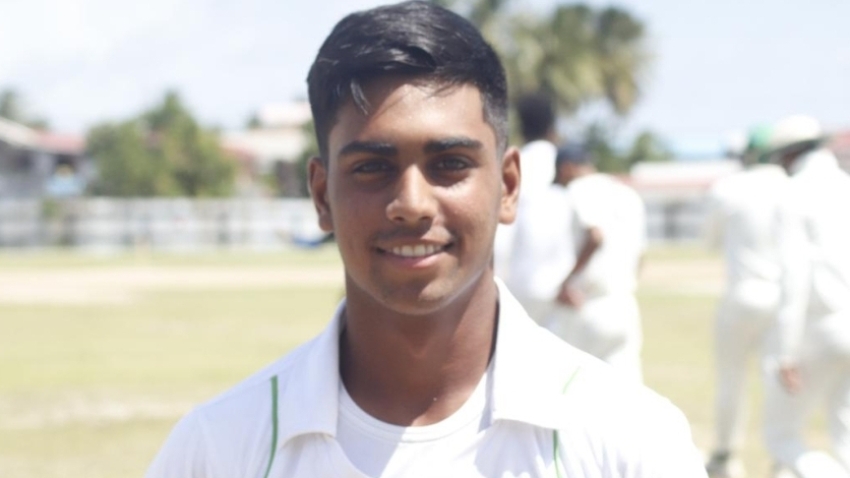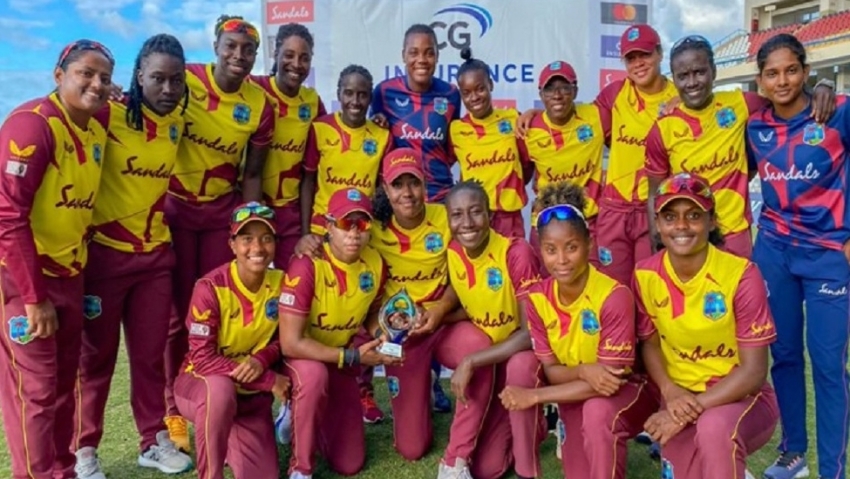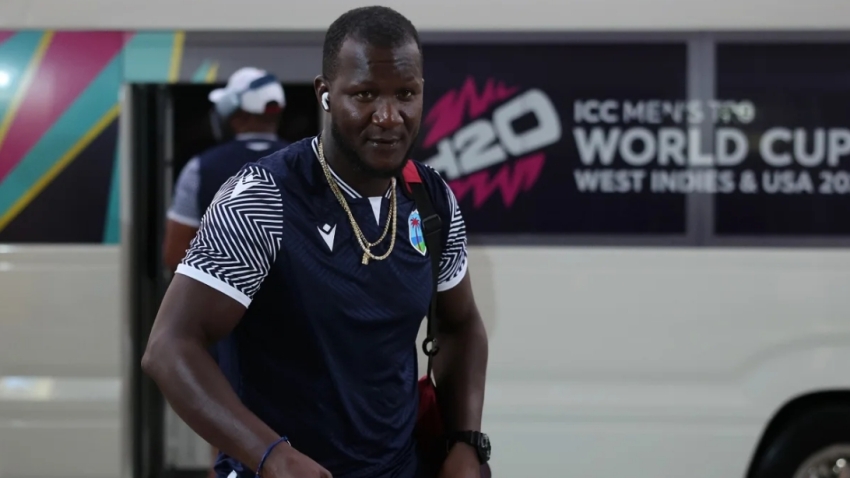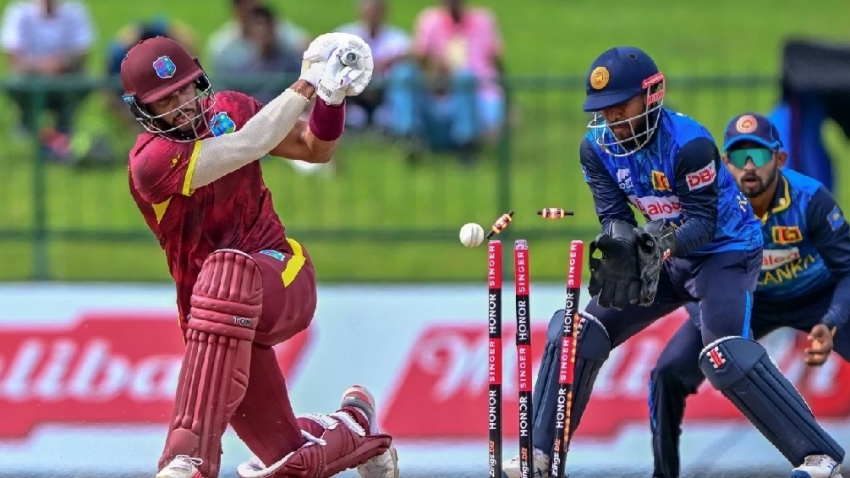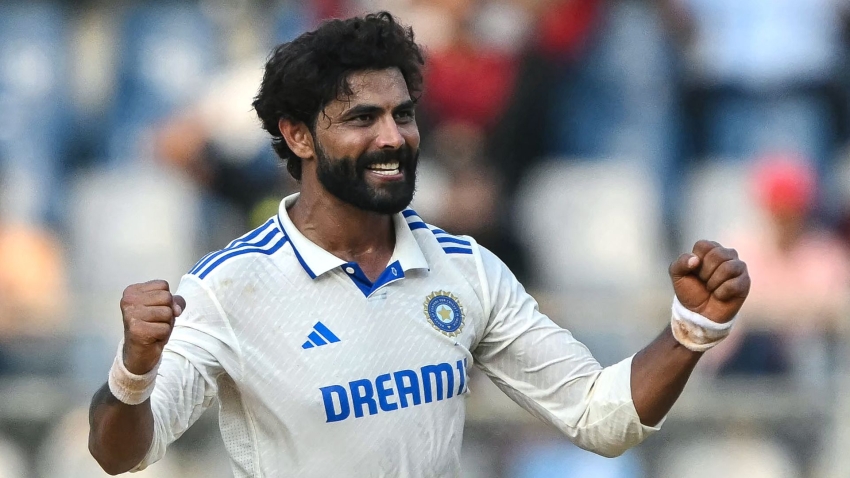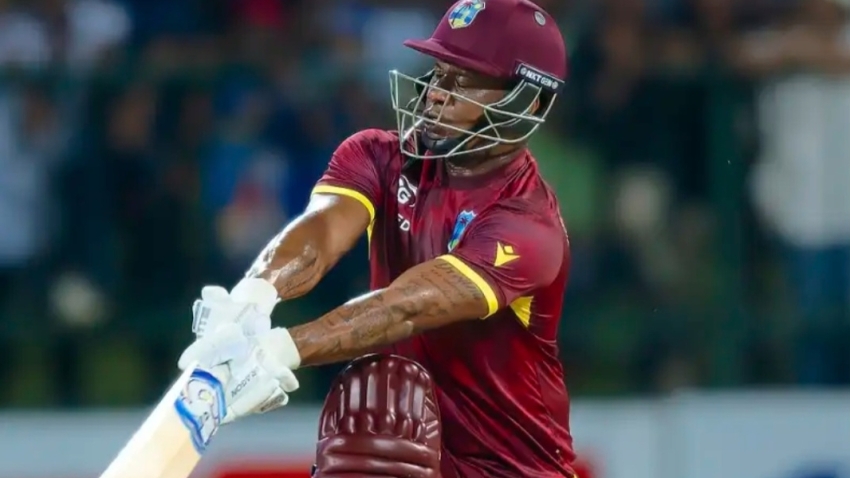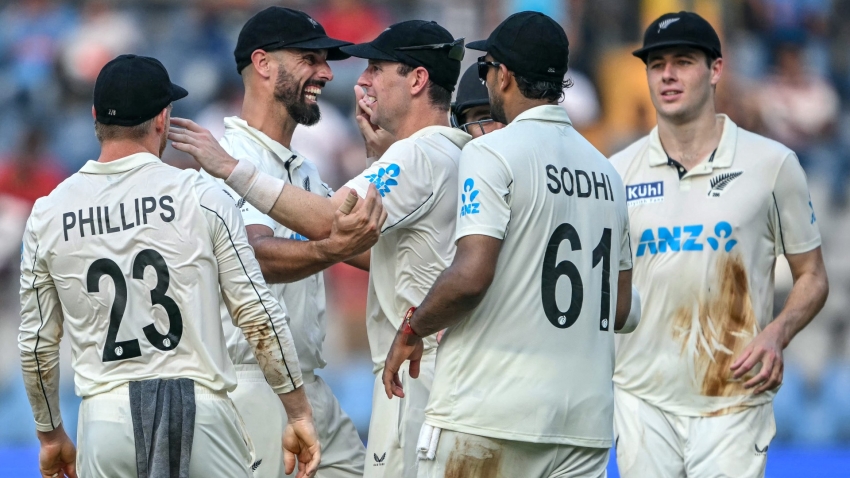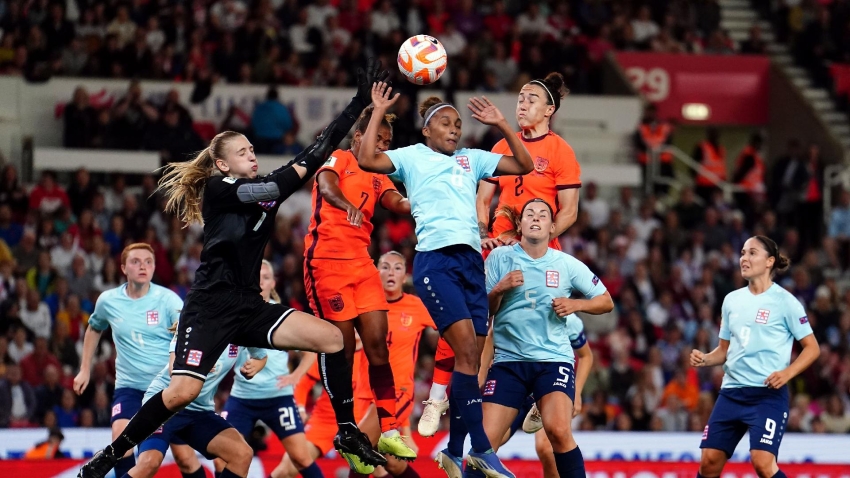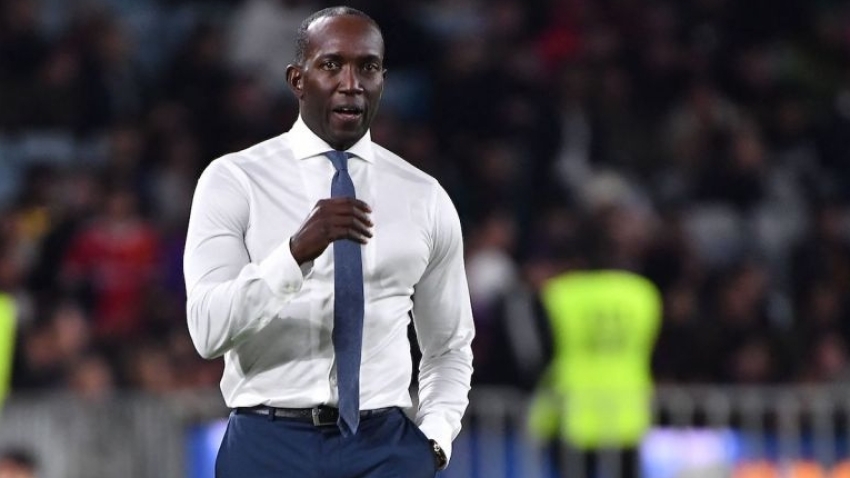FIFA must make sure equal conditions are in place for all players involved in qualification for the next Women’s World Cup, world players’ union FIFPRO has said.
A FIFPRO report published on Tuesday found huge variance in conditions across the qualification events run by each of the six global confederations, with some found to be “not up to the standards of elite international football”.
World Cup qualification should also be a standalone event across all confederations, rather than being achieved via performance in other tournaments such as the Copa America, FIFPRO said.
FIFPRO has praised FIFA for “listening to the voice of players” in ensuring that players at the finals in Australia and New Zealand this summer will benefit from the same playing and preparation conditions as their male counterparts did in Qatar last year.
However, it believes it is now vital that conditions are equalised for all female players involved in qualification.
“During qualification the conditions that the players are exposed to and expected to deliver in, during some of the biggest competitive moments of their lives, are not up to the standards of elite international football, putting both the players and the sport at risk,” the foreword to the Qualifying Conditions Report co-signed by FIFPRO president David Aganzo and general secretary Jonas Baer-Hoffmann read.
“In highlighting these conditions and the status of players across the globe, FIFPRO firmly calls on the industry to take a closer look at the qualification processes in each of the six confederations.
“This is so we all can commit to meaningful changes that look at the overall opportunities the FIFA Women’s World Cup can deliver to a greater number of players than those that just appear at the final tournament in July and August this year.”
A survey of 362 players hailing from all six FIFA confederations found 29 per cent were not paid at all for participating in their qualification events.
Fifty four per cent did not receive a pre-tournament medical examination, 70 per cent did not receive a pre-tournament ECG and 39 per cent did not have access to mental health support.
Two-thirds of the players surveyed had to take leave or unpaid leave from another form of employment to participate in these tournaments, the report found.
Thirty-one per cent said training pitches were not of an elite standard, while 32 per cent said match day pitches and stadia were not of an elite standard.
Two-thirds said recovery facilities were either not of an elite standard or not provided at all, while 70 per cent reported that the gym facilities were not of an appropriate level.
“Any stat that’s below 100 per cent in terms of access to important medical checks and things like that is completely unacceptable,” FIFPRO director of global policy and strategic relations for women’s football Sarah Gregorius said.
“We just want to work with whoever wants to work with us, particularly FIFA and the confederations, to understand why that is the case and how that can be prevented (from happening again) because that is certainly not something that should be acceptable to anybody.”
The PA news agency understands the report has been shared with FIFA and the confederations.
FIFA has declined to comment on it directly, but would point to the steps it has taken to close some of the gaps which exist in the women’s game, both in enlarging the World Cup to 32 teams and increasing compensation to players and national associations.
The women’s international calendar was agreed on by all confederations on the FIFA Council after an extensive consultation process, while qualification criteria and tournaments are defined by the confederations rather than FIFA.
FIFA has also sought to improve investment in the women’s game by challenging broadcasters and sponsors, with president Gianni Infantino threatening a World Cup blackout in some countries if broadcasters did not increase their offers for the rights.
A deal with some major European markets, including the United Kingdom, was agreed last week.






